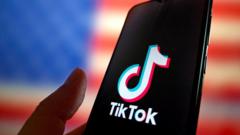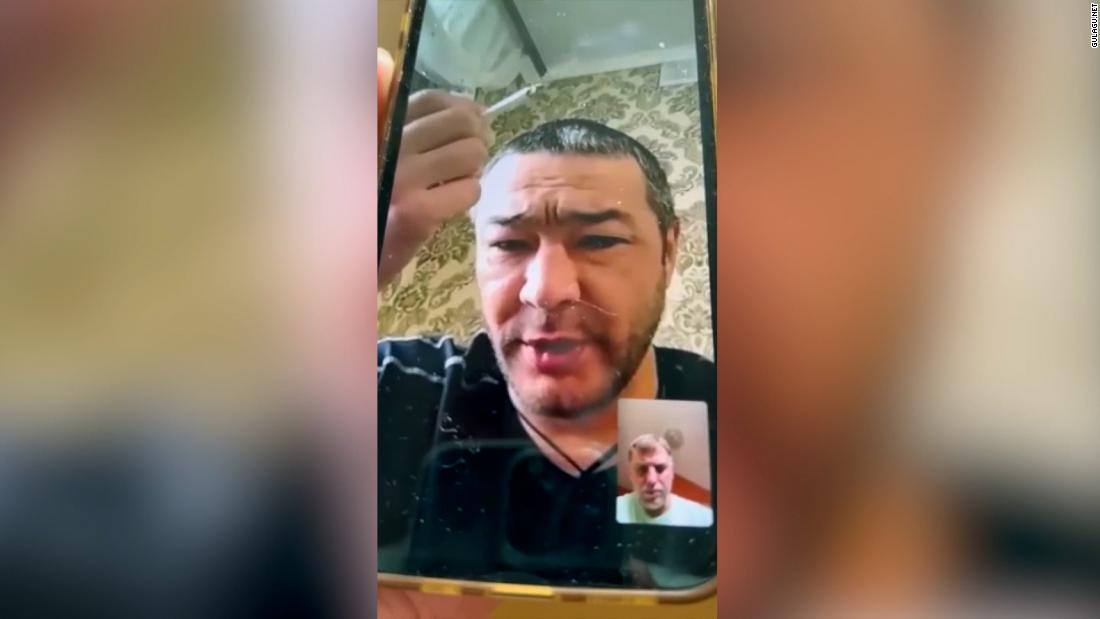The Supreme Court declined to block Texas from executing Robert Roberson, who insists his conviction for murdering his two-year-old daughter rests upon a debunked version of shaken baby syndrome, but his execution is temporarily on hold under a state court ruling handed down moments beforehand.
Roberson, 57, was scheduled to be executed by lethal injection on Thursday evening, which would make him the first person in the U.S. to be put to death over such a conviction.
In an order issued less than two hours earlier, the Supreme Court denied Roberson’s emergency appeal to halt it. Justice Sonia Sotomayor wrote a solo statement explaining that the court was “powerless to act without a colorable federal claim” but stressed that Texas Gov. Greg Abbott (R) still had authority to issue a 30-day delay.
“That could prevent a miscarriage of justice from occurring: executing a man who has raised credible evidence of actual innocence,” Sotomayor wrote.
Moments before the Supreme Court’s order, however, Roberson’s execution was put on hold when a Texas House committee emerged successful in an unusual last-ditch effort to delay it — for now.
On Wednesday, the committee subpoenaed Roberson to testify. They went to court on Thursday, when a judge granted their motion for a temporary order blocking the state from executing him, according to the Associated Press and KXAN, which, like The Hill, is owned by Nexstar Media Group.
A jury in 2003 found Roberson guilty of murdering his two-year-old daughter, Nikki Curtis, who died after doctors observed subdural bleeding, brain swelling and retinal hemorrhages. At the time, those combined symptoms were viewed as proof of shaken baby syndrome caused by child abuse.
Roberson maintains his innocence, and his lawyers point to experts who have since discredited the medical theory. His attorneys argue Roberson’s daughter instead died from pneumonia that progressed to sepsis, which caused her to fall from her bed and suffer head trauma. They also say Roberson's autism was used against him.
“Robert did not harm Nikki in any way,” Roberson’s attorneys wrote to the Supreme Court. “There was no crime—only the tragic natural death of a little girl.”
Roberson’s Supreme Court bid to block his execution rested on a Texas law passed over a decade ago that allows challenges to convictions based on changed science.
The Texas Court of Criminal Appeals declined to block Roberson’s execution on procedural grounds. In his emergency appeal to the Supreme Court, Roberson’s attorneys claimed his due process rights were violated because the state panel tossed his case in a “boilerplate” order that contained no analysis of his arguments.
“We have reached an ominous moment in terms of the sanctity of law when vast swathes of the public can be more aware of the facts of this case and moved by the injustice it represents than the state judiciary that was charged with adjudicating it,” his attorneys wrote in court filings.
But Texas contended Roberson “falls short” of proving his innocence and at most showed a “battle of the experts” about the evidence.
“He clearly advocates for a new rule—that a state court must provide an explanation for the application of a state procedural rule when a capital state habeas applicant raises a claim of actual innocence based on new scientific and medical evidence. That was not the rule at the time of Roberson’s conviction, and it’s not the rule today,” the Texas attorney general’s office wrote in court filings.
The Supreme Court rarely intervenes to block executions. Last term, the justices received roughly 30 requests to do so but only halted one, according to The Hill’s analysis of the court’s docket.
The Texas Board of Pardons and Paroles on Wednesday voted to not recommend Roberson’s sentence be commuted to life in prison or delay his execution. Such a recommendation was required for Abbott, Texas’s Republican governor, to grant clemency, though he retains authority to provide a 30-day reprieve.















 English (US) ·
English (US) ·